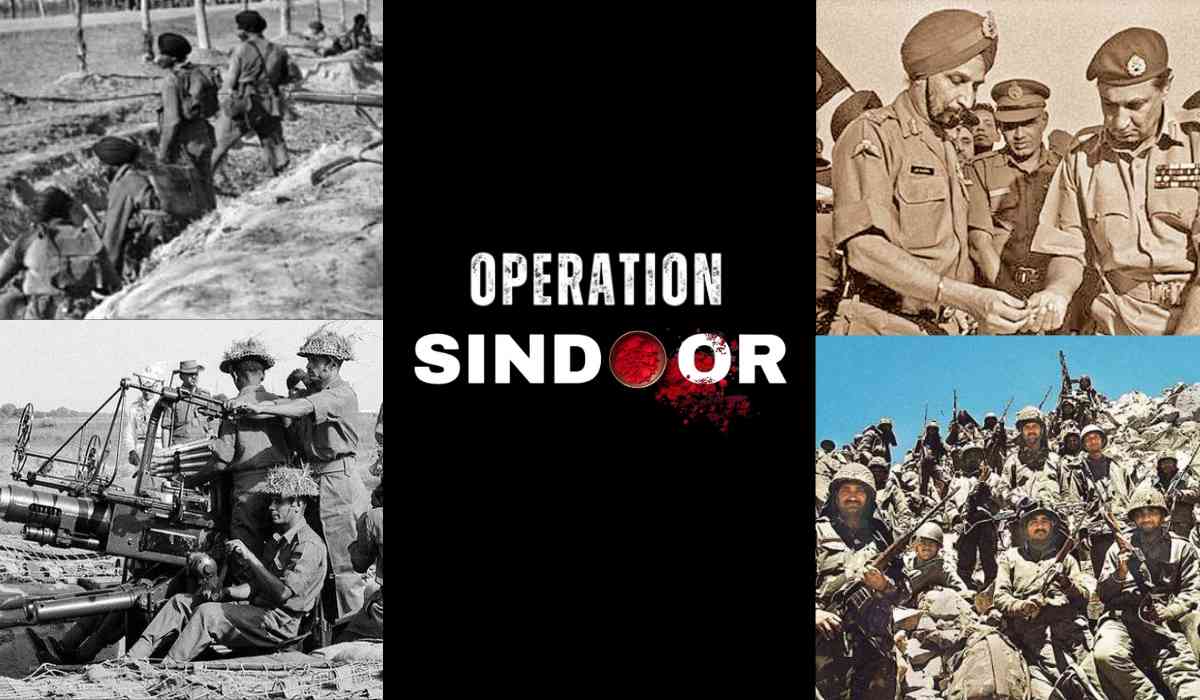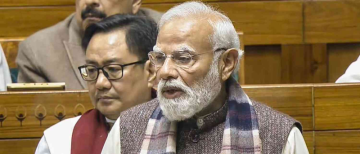India’s military strategies against Pakistan have evolved significantly over the decades, reflecting changes in geopolitical realities, technology, and the nature of conflict. From large-scale wars like Operation Vijay in 1999 to precision strikes such as Operation Sindoor in 2025, India’s approach has shifted from conventional warfare to more targeted, calibrated responses aimed at neutralizing terror threats while managing escalation.
Early Conflicts and Conventional Wars
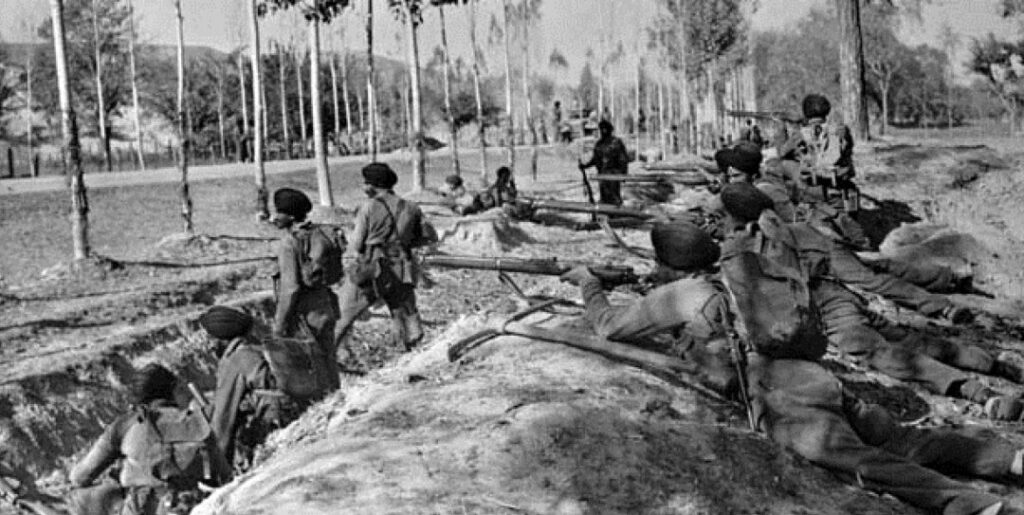
The conflict between India and Pakistan began soon after their independence in 1947, primarily over the disputed region of Jammu and Kashmir. The first war (1947-48) ended with a UN-brokered ceasefire, leaving India in control of about two-thirds of Kashmir and Pakistan the rest. This set the stage for future hostilities.

In 1965, Pakistan launched Operation Gibraltar, infiltrating forces into Jammu and Kashmir to incite insurgency. India responded with a full-scale war across the international border. The conflict ended with a ceasefire and the Tashkent Agreement but underscored India’s resolve to counter covert operations with conventional military force.
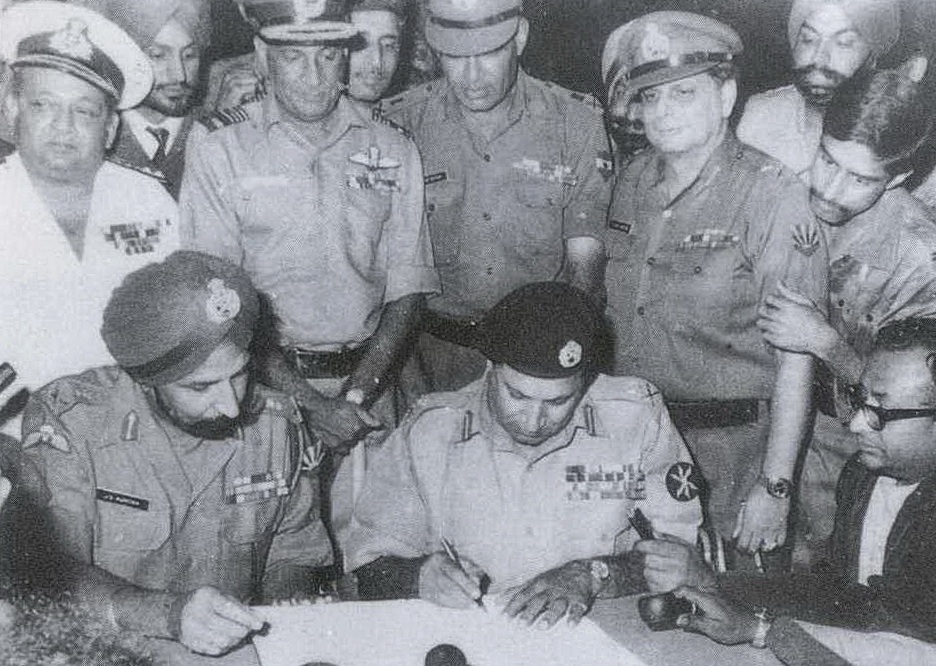
The 1971 war was another major conflict, leading to the creation of Bangladesh. During this war, India’s Navy launched Operation Trident, a successful naval strike on Karachi harbor that crippled Pakistan’s naval capabilities without any Indian casualties. This demonstrated India’s growing capability for coordinated multi-service operations.
Strategic High-Altitude Warfare and the Kargil Conflict
In 1984, anticipating Pakistani moves to control the Siachen Glacier, India launched Operation Meghdoot, airlifting troops to strategic heights and securing the glacier. This operation gave India a permanent strategic foothold in the world’s highest battlefield.
)
The Kargil War of 1999 marked a significant chapter in India-Pakistan military history. Pakistani forces and militants infiltrated Indian positions in the Kargil sector. India responded with Operation Vijay, mobilizing around 200,000 troops to recapture the heights. The Indian Air Force supported this with Operation Safed Sagar, employing fighter aircraft and helicopters in high-altitude combat. After intense fighting, India regained control by July 1999, marking a decisive victory known as Kargil Vijay Diwas. This conflict showed India’s ability to conduct large-scale offensive operations in difficult terrain under nuclear overhang conditions.
Shift to Precision Strikes and Hybrid Warfare

Since the early 2000s, India’s military strategy has increasingly focused on precision strikes and hybrid warfare to tackle terrorism and cross-border threats without escalating into full-scale wars.
-
In 2016, following a terrorist attack on an army camp in Uri, India conducted surgical strikes across the Line of Control (LoC) targeting terrorist launch pads in Pakistan-occupied Kashmir. These strikes were publicly acknowledged and marked a shift towards proactive counter-terrorism.
-
In 2019, after the Pulwama suicide bombing that killed 40 CRPF personnel, India launched air strikes on a major terror training camp in Balakot, deep inside Pakistan. This was the first Indian airstrike on Pakistani territory since 1971 and demonstrated India’s willingness to use air power for precise retaliation.
Operation Sindoor: The Latest Evolution

In May 2025, India launched Operation Sindoor in response to a terror attack in Pahalgam that killed 26 civilians. This operation involved air strikes on nine terrorist camps and infrastructure across Pakistan and Pakistan-occupied Kashmir. The strikes were described as “focused, measured and non-escalatory,” targeting terror infrastructure without hitting Pakistani military facilities. Operation Sindoor highlights India’s current military doctrine emphasizing precision, restraint, and tri-service coordination to neutralize threats while avoiding wider conflict.
Perspective on the Evolution
Over nearly eight decades, India’s military strategies against Pakistan have evolved from large-scale conventional wars to nuanced, calibrated operations. This transition reflects:
-
The changing nature of conflict, with terrorism and insurgency replacing traditional battlefield engagements.
-
The need to manage escalation carefully given both countries’ nuclear capabilities.
-
Advances in military technology enabling precision strikes and real-time intelligence.
-
A strategic focus on deterrence through measured but forceful responses.
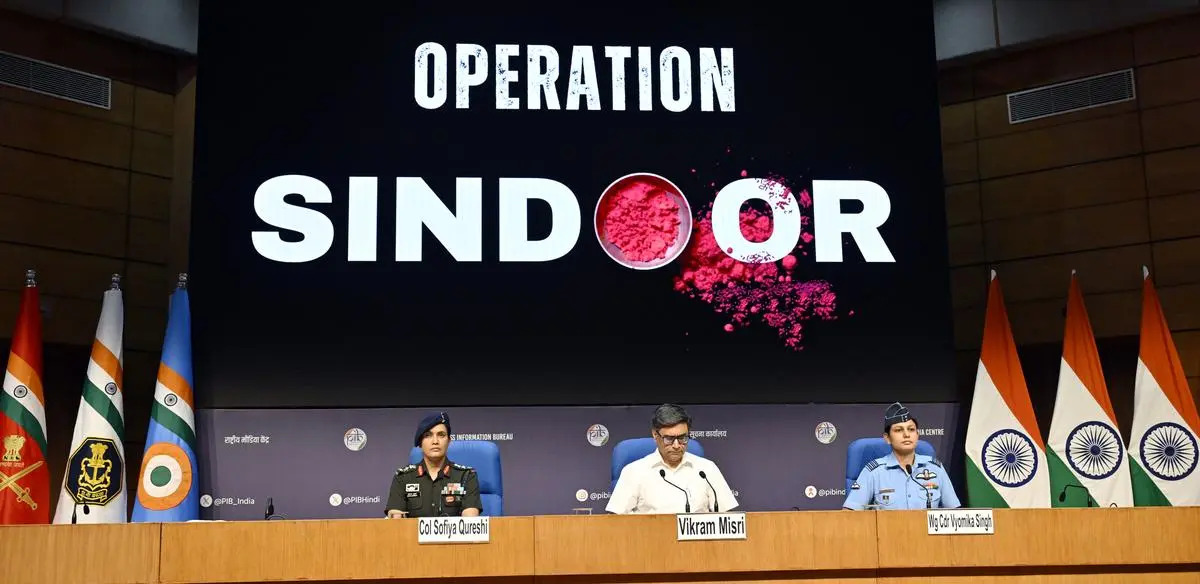
India’s approach today balances the imperative to safeguard national security with the desire to avoid full-scale war, showcasing a mature and adaptive military strategy shaped by decades of conflict and diplomacy.
This evolution from Operation Vijay to Operation Sindoor illustrates how India has adapted its military tactics to the complex challenges posed by Pakistan-based threats, blending conventional strength with modern precision and strategic restraint.
With inputs from agencies
Image Source: Multiple agencies
©️ Copyright 2025. All Rights Reserved Powered by Vygr Media.

